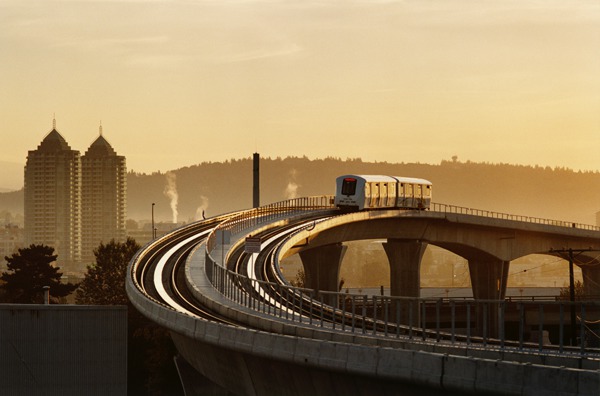What the heat wave means for SkyTrain
What the heat wave means for SkyTrain

It’s been hot this week, and we’re all doing what we can to keep functioning and stay cool.
But what about the SkyTrain system? Will it hold up in this heat?
Some rail systems, like TriMet in Portland, reduce speeds during spells of extreme heat. This is because the long sections of rail expand and can push the rail ties out in the process, leading to a “kink” in the rail.
Portland’s is a conventional rail system known as “tie and ballast.” Our SkyTrain is a little different – the rails are on rail pads directly mounted to the concrete guideway, making them less likely to kink. While it’s unlikely any “kinks” will occur, we’ve increased the system-wide inspections our maintenance staff do from once to twice a day, just in case.
Also vulnerable when it gets hot are the electrical substations we have at various locations along the 79-kilometre SkyTrain system.
If it gets hot enough that the air-conditioning can’t keep up, a temperature alarm will go off and we’ll shut down the transformer until things cool off. The good thing is, we have redundancy in the system, meaning we can shut down a substation for maintenance or repairs without impacting service to our customers.
In the case of elevators and escalators, we don’t always have that luxury. If they start to overheat, they’ll shut themselves down to protect their systems. If that happens, we get our “elevating devices” staff out as quickly as possible to ensure we don’t inconvenience people for long.
Remember to check out our 10 heat wave survival tips on transit!
Author: Chris Bryan





